Halos
Q5643452Halos or Alos (Greek Ἅλος): Greek town in southeastern Thessaly.
Old Halos
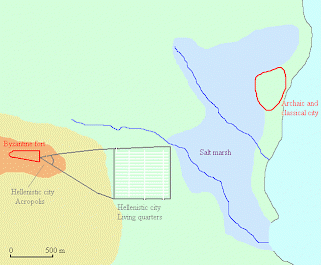
The city of Halos may date back to the ninth century BCE. Near Voulokalyva, a village west of the Hellenistic city, an ancient cemetery has been identified, where people were buried in tumuli. It was still in use in the sixth century. The town itself, which is referred to in Homer's Iliad,note was close to the Pagasitic Gulf but cannot be excavated because there's a factory.
Herodotus of Halicarnassus mentions Halos as naval base for one of the Greek expeditions against the Persian invaders in the summer of 480 BCE.note The same author also informs us about a remarkable religious custom that included the threat of human sacrifice.note The town was sacked in 346 by Parmenion, one of the generals of the Macedonian king Philip II. For more than forty years, the territory belonged to Pharsalus.
Hellenistic Halos
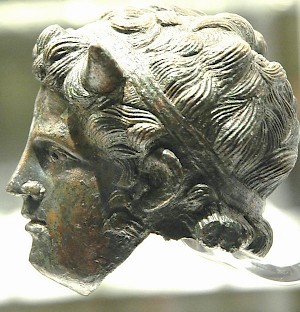
In 302, however, the people of Halos were permitted to return,note and they rebuilt their town in a military camp of Demetrius I Poliorcetes, who had occupied a place between an outspur of the Othrys Mountains and a marshy area to prevent his enemy Cassander from moving into Greece. Archaeologists have established that the town, which was to the south of the original city, had the typical square outline of a Hellenistic military settlement. (In this respect, it resembles Dion.) The city certainly controled all traffic between Thessaly and the south.
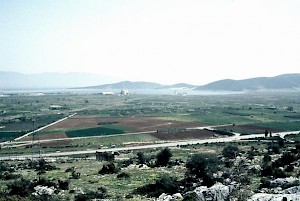
The houses of the city were constructed with limestone socles and superstructures of mudbrick, the roofs covered with tiles. There may have been about 1400 of them in the regularly-shaped building lots. Most houses had the same square outline, proving that the city was carefully planned, but the rooms and courtyard were always different arranged, proving that the people built their houses themselves.
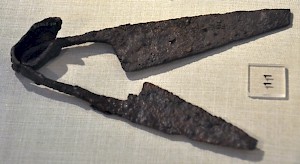
The economy was based on stockbreeding and handicrafts, with some fishing and hunting. Coins show that the new city traded with the towns in the neighborhood, with Eubeoea, and Locris. With some 9,000 inhabitants, it remained a small town with fortifications (a wall with a length of 4½ kilometers long and no less than 117 towers) that allowed for some growth. However, the city never expanded. Within half a century, it was abandoned. It never had a theater and temples have, so far, not been identified. The city appears to have been destroyed by an earthquake in about 265 BCE.
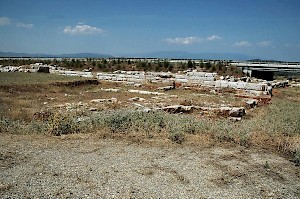
Today, the remains of the southern part of the enceinte built by Demetrius can be seen close to the highway from Thessaloniki to Athens. Several houses have also been unearthed, and on a hilltop, you can still see the ancient citadel. The cemetry was to the south of the city; more than eighty inhumations have been found. A part of the finds can be seen in the nearby museum of Almyros.
Centuries later, the Byzantines built a fortress near the old citadel: the site had not lost none of its strategic importance.
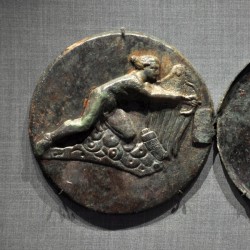 Halos, Mirror showing Eros |
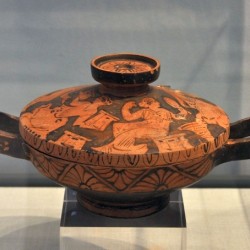 Halos, Lekane (covered dish) |
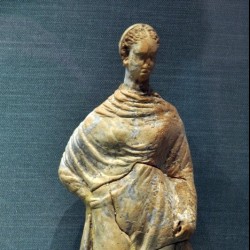 Halos, Figurine of a lady |
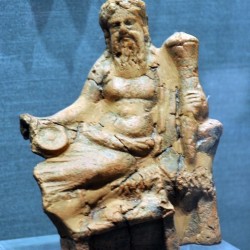 v |
Literature
- R. Reinders, New Halos. A Hellenistic Town in Thessalía, Greece (1988)
- R. Reinders and W. Prummel (eds.), Housing in New Halos. A Hellenistic Town in Thessaly, Greece (2003)